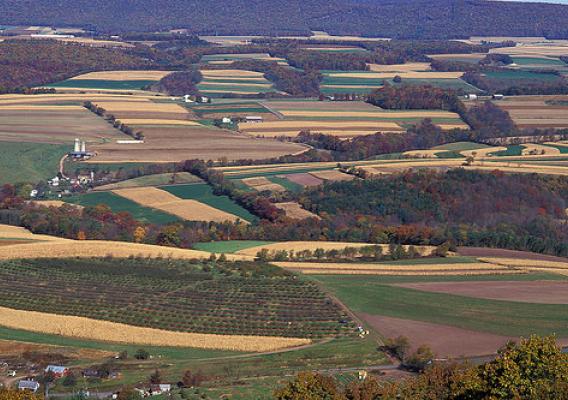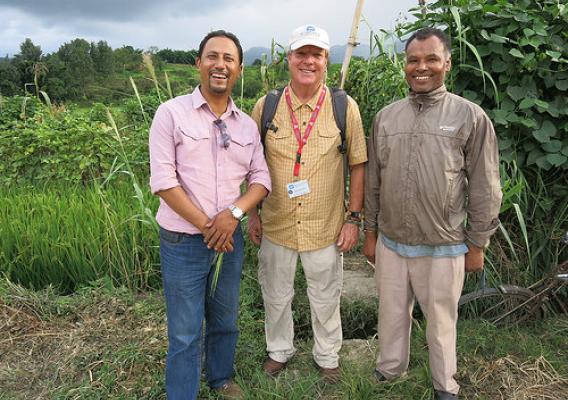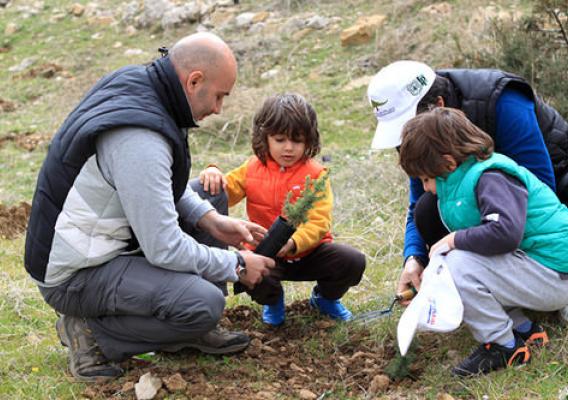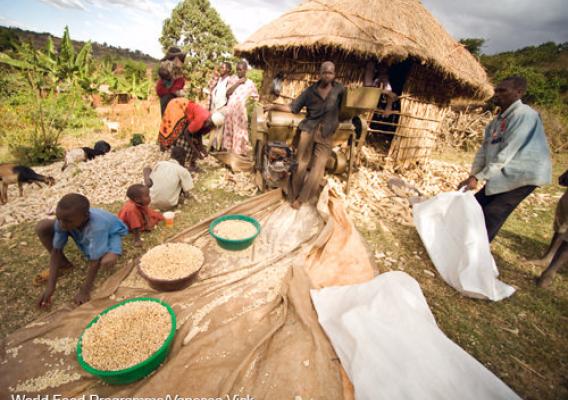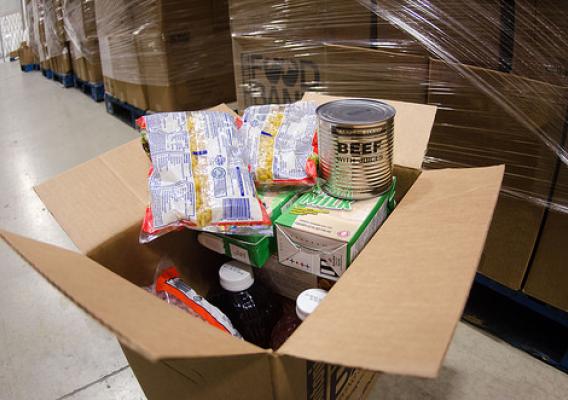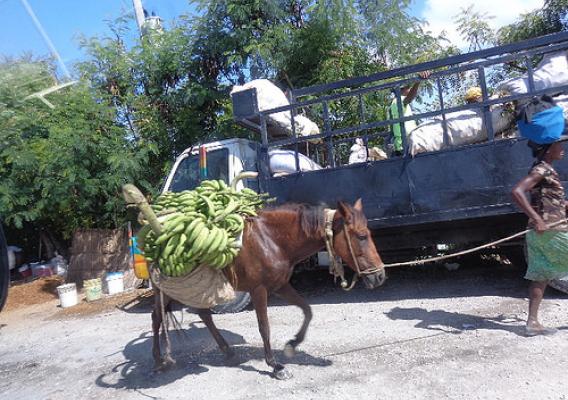This post is part of the Science Tuesday feature series on the USDA blog. Check back each week as we showcase stories and news from the USDA’s rich science and research portfolio.
During the month of April we will take a closer look at USDA’s Groundbreaking Research for a Revitalized Rural America, highlighting ways USDA researchers are improving the lives of Americans in ways you might never imagine, and helping improve the world.
Following the January 2010 earthquake in Haiti, the Haitian Ministry of Agriculture saw the need for market information and reliable and timely agricultural data. With the help from USDA’s National Agricultural Statistics Service (NASS) and the U.S. Agency for International Development (USAID), the government surveyed farmers across Haiti and will publish the responses in its first-ever Statistical Agricultural Production Report, scheduled to be released tomorrow, April 16.
USDA and USAID jointly assisted the Haitian government in an effort to improve the quality and quantity of agricultural information available to Haitian decision makers with funding managed by the Foreign Agricultural Service.

